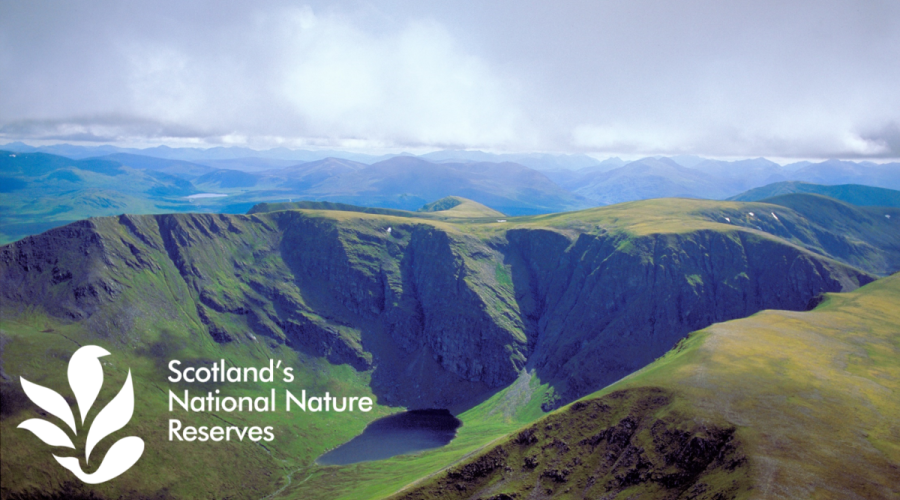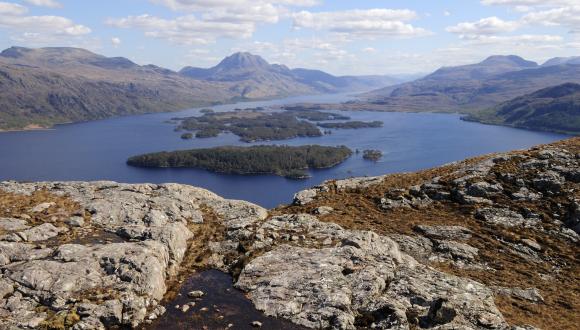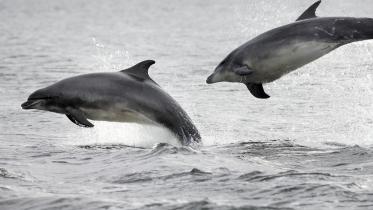
Landscape policy: wild land
Scotland’s wild and remote areas have a distinct and special character, which is increasingly rare to find, and require protection.
Large areas of Scotland – chiefly in the north and west – have largely semi-natural landscapes that show minimal signs of human influence. These may be mountains and moorland, undeveloped coastline or peat bog.
Our wild land:
- is a big part of Scotland’s identity
- brings significant economic benefits – attracting visitors and tourists
- offers people psychological and spiritual benefit
- provides increasingly important havens for Scotland’s wildlife
Surveys have shown widespread support for safeguarding these landscapes. See, for example, the 2012 Public Perception Survey of Wildness in Scotland.
‘Wild land area’ describes the most extensive areas of high wildness. It is not a statutory designation.
Scottish Government policy
Published in 2023 National Planning Framework 4 (NPF4) policy 4(g) sets out the policy for Wild Land Areas. Only certain types of development within them will be supported. The effects of development outwith a WLA will not be a significant consideration.
NatureScot policy
Read Wildness in Scotland’s Countryside: Policy Statement
Our policy statement:
- describes the main pressures leading to loss of wildness
- considers how to identify and care for wild land in Scotland
Annex 1 maps ‘search areas for wild land’ to show where the main areas of wild land in Scotland are likely to be found. ‘Wild land areas’ have since replaced these search areas.
Mapping Scotland’s wild land areas
We identified Scotland’s wild land areas following a 2013 consultation on ‘core areas of wild land’, which initially replaced the search areas. This informed our advice to government and the preparation of the 2014 map of wild land areas.
View the Wild land areas map and descriptions.
Capturing wildness is inherently difficult, as it’s a subjective quality experienced differently by different people.
We believe wildness depends on the presence of four physical attributes, each of which can be captured and mapped:
- perceived naturalness of the land cover
- ruggedness of terrain
- remoteness from public roads, ferries or railway stations
- visible lack of buildings, roads, pylons and other modern artefacts
Find out more about our approach in the description below.
Wild land areas are the most extensive areas of high wildness. They are identified as nationally important in Scottish Planning Policy, but are not a statutory designation.
Find out more
NatureScot Core Areas of Wild Land Map - NatureScot Advice to Government 2014




